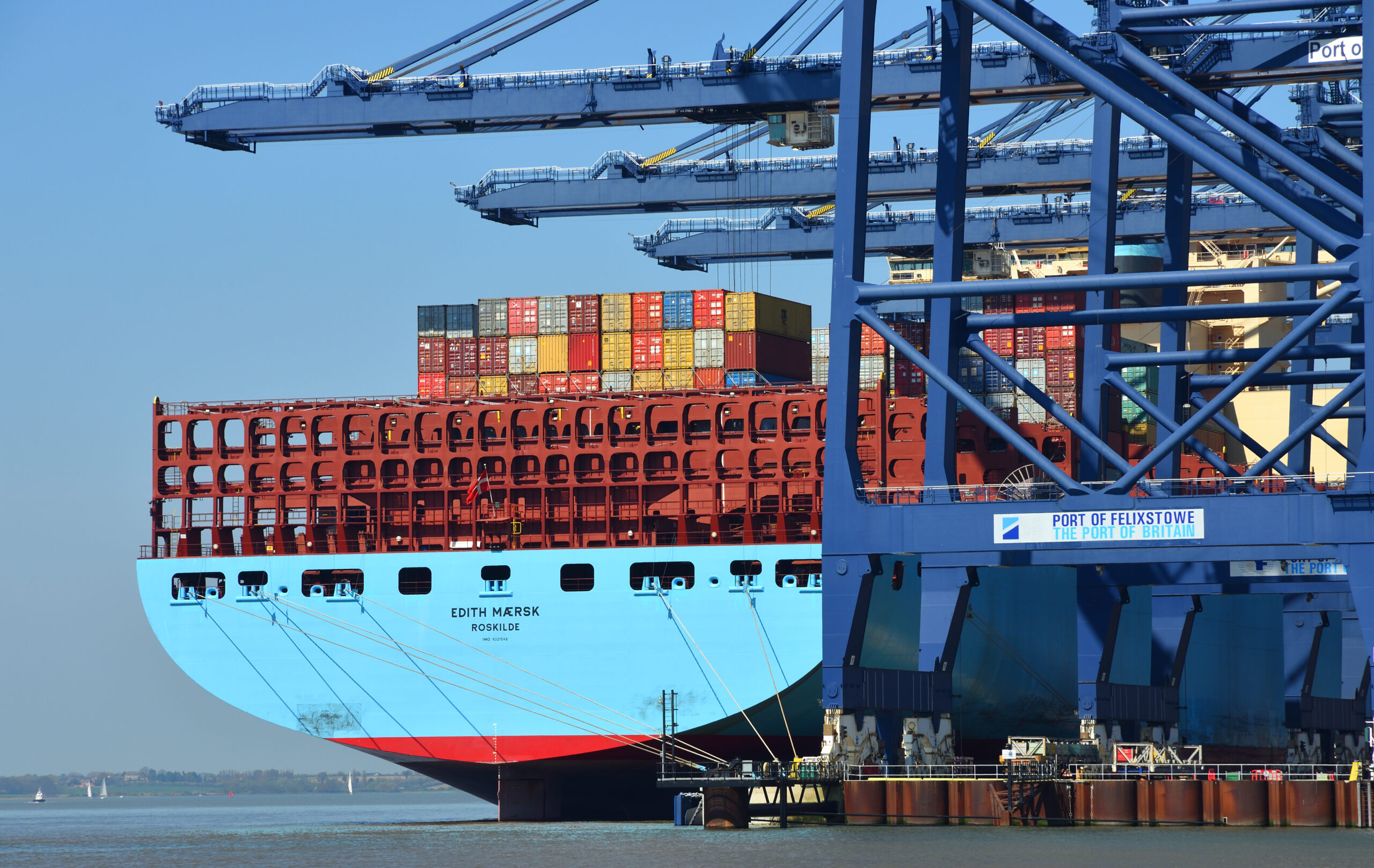The Global Centre for Maritime Decarbonisation (GCMD) has published a life cycle assessment (LCA) examining the role of onboard carbon capture and storage (OCCS) systems in maritime decarbonisation pathways. The study identifies OCCS as a long-term compliance solution, rather than a short-term bridging technology for use during the industry’s transition to low- and zero-carbon fuels. The technology may act as a strategic hedge that extends vessel lifespans, unlocks carbon credits, and provides flexibility in decarbonising global trade networks.
The COLOSSUS (carbon capture, offloading, onshore storage, utilisation, permanent storage) study focuses on monoethanolamine (MEA)-based chemical absorption, which is currently the most commercially viable method of carbon capture. It finds that a vessel running on high-sulphur fuel oil (HFO) using OCCS technology can achieve a 29% reduction in well-to-wake (WtW) greenhouse gas (GHG) emissions.
When combined with biofuels, such as used cooking oil methyl ester (UCOME), the system achieves WtW GHG reductions of up to 121%, effectively enabling carbon-negative voyages, while the use of bio-methane in an LNG powered ship yields a reduction of 69%. GCMD’s modelling assumes a 40% CO2 capture rate, which accounts for onboard storage constraints and vessel operational profiles.
The study analyses downstream disposal pathways for captured CO2, including permanent geological storage; utilisation in e-fuels, such as e-methanol; and industrial mineralisation in concrete. Of these pathways, utilisation of CO2 in concrete production results in the most favourable emissions profile, achieving net WtW reductions of approximately 60% due to the displacement of carbon-intensive Portland cement in construction materials.
Transporting liquefied CO2 a thousand kilometres to a storage site increases total emissions by only 1%. Because this represents a small increase in emissions relative to the CO2 that is sequestered, the authors argues that it strengthens the case for governments to further develop regional carbon storage networks and value chains.
GCMD recognises, however, that the economic viability of OCCS remains a key challenge to overcome. The estimated costs of CO2 abatement range from US$269 to US$405 per tonne for a 40% capture configuration on a medium-range tanker, which includes heat integration and operational expenditures. Although these costs are high, they are consistent with the relative immaturity of carbon storage infrastructure and are expected to decrease as OCCS technology and regulatory incentives evolve.
From a compliance perspective, OCCS offers a potential route to meet tightening emissions standards under the International Maritime Organization’s (IMO) GHG Fuel Intensity (GFI) regulations. OCCS is not yet formally integrated into IMO’s emissions-reduction metrics, but GCMD proposes an equivalency model based on net emissions avoided per megajoule of fuel energy. Under this framework, vessels equipped with MEA-based OCCS could comply with Tier 1 GFI limits until at least 2032 (using HFO) or 2035 (using LNG). For OCCS combined with sustainable biofuels, this horizon may extend to 2040.
The energy penalties associated with solvent regeneration, the need for chemical resupply, and the absence of dedicated CO2 bunkering infrastructure all pose logistical and economic obstacles. Regulatory clarity around cross-border CO2 handling and third-party verification of carbon removals are important elements in the sequestration process that require further clarification.
Projects such as the INEOS-led Project Greensand and the Northern Lights project, a joint venture between Equinor, Shell and Total Energies, are developing the physical and contractual infrastructure necessary for cross-border CO2 transport and storage. Efforts to ensure port readiness, implement vessel retrofitting strategies, and engage class societies are being coordinated to facilitate the development of the CO2 value chain.



